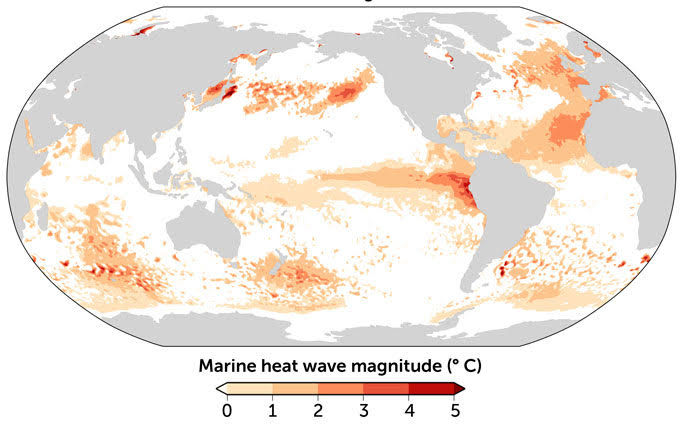Climate Change, Pollution, Clean Energy, and the Environment
Jun 23, 2023 17:05:22 GMT
goldenvalley likes this
Post by LFC on Jun 23, 2023 17:05:22 GMT
I had never heard about the correlation of the mass deaths of New World people post "discovery" and the exacerbation of the Little Ice Age as areas previously inhabited by humans returned to forests. It's fascinating.
The atmosphere recorded the mass death, slavery and war that followed 1492. The death by smallpox and warfare of an estimated 50 million native Americans—as well as the enslavement of Africans to work in the newly depopulated Americas—allowed forests to grow in former farmlands. By 1610, the growth of all those trees had sucked enough carbon dioxide out of the sky to cause a drop of at least seven parts per million in atmospheric concentrations of the most prominent greenhouse gas and start a little ice age. Based on that dramatic shift, 1610 should be considered the start date of a new, proposed geologic epoch—the Anthropocene, or recent age of humanity—according to the authors of a new study.
"Placing the Anthropocene at this time highlights the idea that colonialism, global trade and the desire for wealth and profits began driving Earth towards a new state," argues ecologist Simon Lewis of the University of Leeds and University College London. "We are a geological force of nature, but that power is unlike any other force of nature in that it is reflexive, and can be used, withdrawn or modified."
Lewis and his U.C.L. colleague, geologist Mark Maslin, dub the decrease in atmospheric carbon dioxide the "Orbis spike," from the Latin for world, because after 1492 human civilization has progressively globalized. They make the case that human impacts on the planet have been dramatic enough to warrant formal recognition of the Anthropocene epoch and that the Orbis spike should serve as the marker of the start of this new epoch in a paper published in Nature on March 12. (Scientific American is part of Nature Publishing Group.)
"Placing the Anthropocene at this time highlights the idea that colonialism, global trade and the desire for wealth and profits began driving Earth towards a new state," argues ecologist Simon Lewis of the University of Leeds and University College London. "We are a geological force of nature, but that power is unlike any other force of nature in that it is reflexive, and can be used, withdrawn or modified."
Lewis and his U.C.L. colleague, geologist Mark Maslin, dub the decrease in atmospheric carbon dioxide the "Orbis spike," from the Latin for world, because after 1492 human civilization has progressively globalized. They make the case that human impacts on the planet have been dramatic enough to warrant formal recognition of the Anthropocene epoch and that the Orbis spike should serve as the marker of the start of this new epoch in a paper published in Nature on March 12. (Scientific American is part of Nature Publishing Group.)
The CO2 drop coincides with what climatologists call the little ice age. That cooling event may have been tied to regenerated forests and other plants growing on some 50 million hectares of land abandoned by humans after the mass death brought on by disease and warfare, Lewis and Maslin suggest. And it wasn't just the death of millions of Americans, as many as three quarters of the entire population of two continents. The enslavement (or death) of as many as 28 million Africans for labor in the new lands also may have added to the climate impact. The population of the regions of northwestern Africa most affected by the slave trade did not begin to recover until the end of the 19th century. In other words, from 1600 to 1900 or so swathes of that region may have been regrowing forest, enough to draw down CO2, just like the regrowth of the Amazon and the great North American woods, although this hypothesis remains in some dispute.






